How to Wire a PID Temp Controller with Pt100 Sensor
Following the blog about the performance of pt100 sensor, we’d like to explain in detail how it works together with PID Temperature Controller in this post.
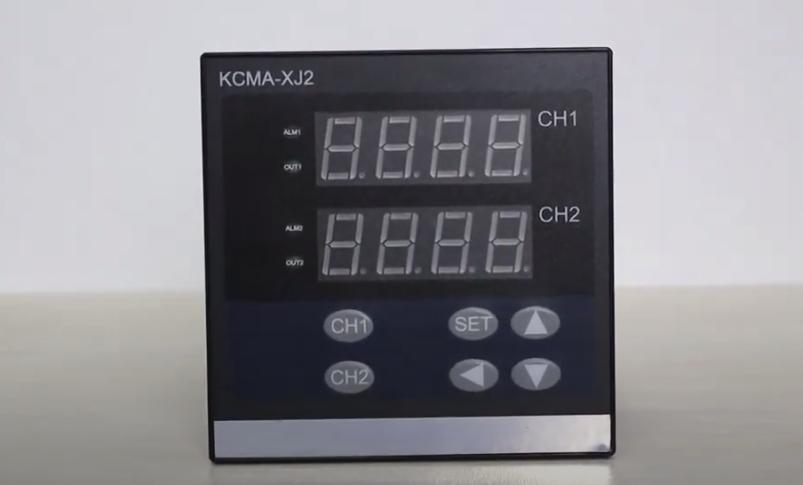
Like before, we’ll use a humidity sensor, a solid state relay and a conventional relay as well as the Pt100 sensor for the Demo.
Connect the solid state relay to the output terminal at CH1, and connect the conventional relay to the alarm terminal ALM2 at CH2 to control its coil.
Connect the power supply of the controller to terminals 15 and 16 and connect the three terminals of Pt100 sensor to the controller.
Connect the Pt100 sensor to the input of CH1 and the humidity sensor to the input of CH2.

Steps for parameter setting of the temperature controller
Step 1, Unlock the controller.
Long press SET and set Lock to 18.
Long press the key CH1 to enter the parameter modification interface of CH1.
Signal access types of Sn1 include Pt type, K type, E type, S type, 1-5V, 0-5V.
Pt100 is used in our Demo.
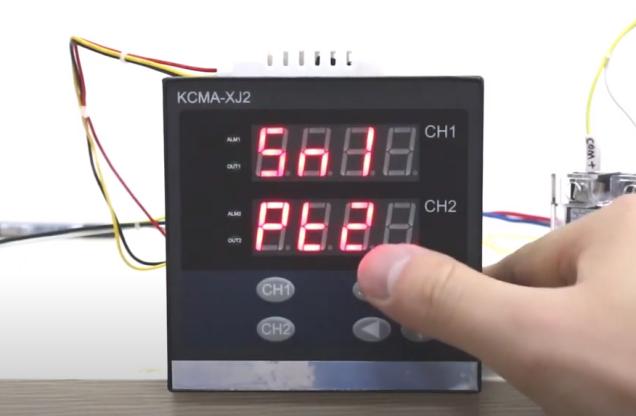
ALP1=1, the alarm type of CH1 is the upper limit alarm.
SP1=25.0, shown is the set value of temperature under SSR1 output (press △/▽ to modify parameter)
AL1 = 27.7, when the temperature is 27.7 ° C, the ALM1 of CH1 acts.
SC1 is the data error correction of CH1.
P1 is the scaling factor setting of CH1.
I1 is the integration time setting, and d1 is the differential time setting.
HY1 is the master hysteresis setting of CH1 (the correlation between HY1 and COL is shown in the table).
At1 is the automatic adjustment setting of CH1.
COL1 is the OUT terminal setting of CH1 (The relationship between the COL1 value and HY1 is shown in the table.)
dP1 is the decimal point position setting.
PSH1 and PSL1 are respectively the upper limit and lower limit of the range.
We set SP1=25, HY1=1, P=0.
When COL1=1, Measurements≥SP+HY, OUT1 is turned on.
Hold the sensor probe in hand. When CH1 ≥ SP1 + HY1 (25 + 1), OUT1 is turned on and SSR1 is ON.
When the temperature is higher than 27.7 ° C (AL1), ALM1 of CH1 acts.
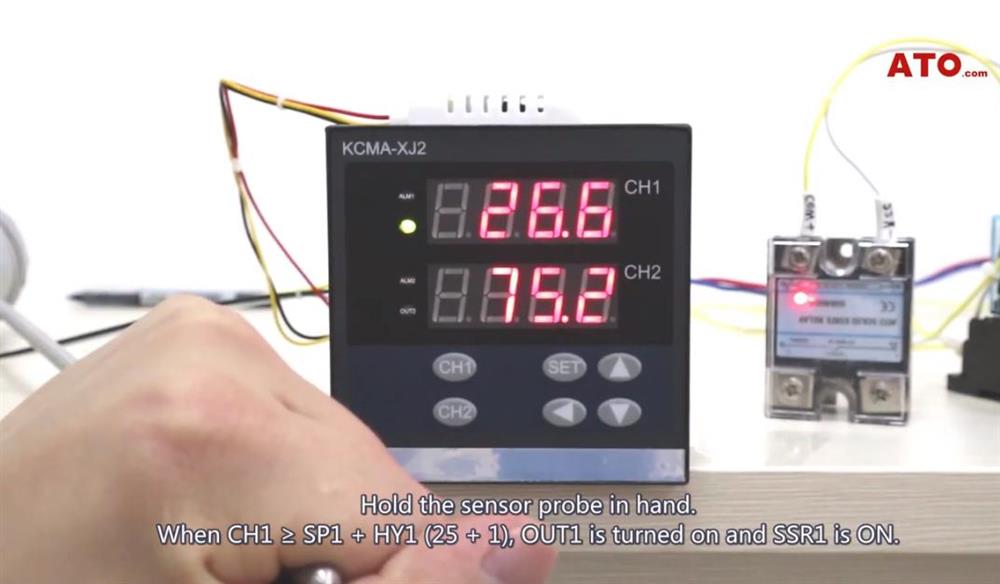
The setting method of CH2 is the same as that of CH1.
The ALM2 of CH2 controls the coil of the conventional relay.
Set ALP2=1 (upper limit alarm).
AL2 = 90 (humidity is 90%).
Use a humidifier to humidify the air.
When the air humidity is higher than 90%, the coil of the conventional relay connected to the ALM2 of CH2 is turned on.
When the humidity is lower than 90%, the coil is turned off.
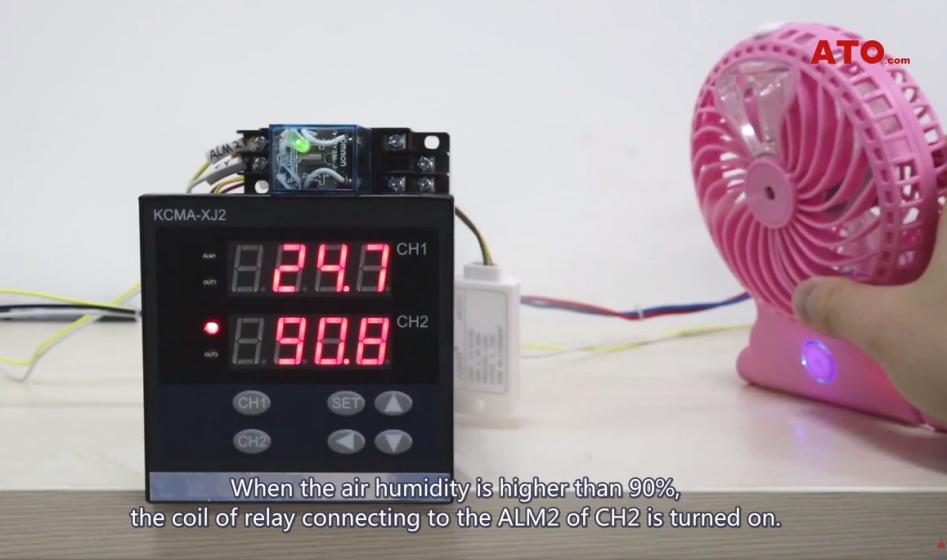
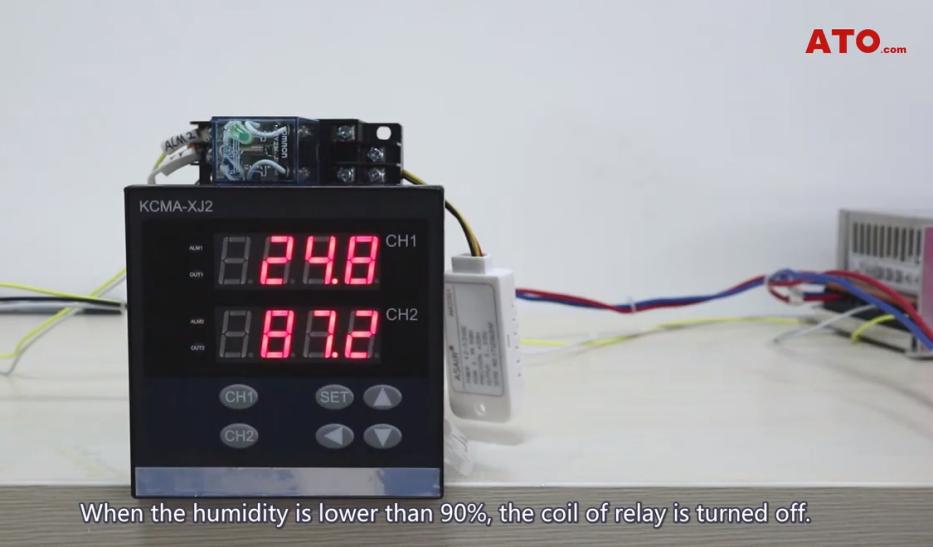
Check out the related video on our YouTube channel:
If you’re looking for reliable and sensitive temperature sensors like RTD sensor probes or thermocouples in various types or smart temperature transmitters, you are probably looking at ATO’s temperature measuring instruments. We have temperature sensors in Pt100 type, E type, K type, J type, T type, S type, B type, N type, R type, etc. that will definitely meet your varied requirements. Feel free to view our product catalogs to choose the item of interest to you.
Shop for a Right PID Temperature Controller for Specific Applications
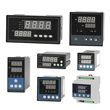 |
SKU:ATO-TEMPC-2D |
| PID Temperature Controller, Dual Digital, Universal Input | |
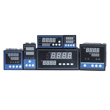 |
SKU:ATO-TEMPC-P2D |
| Programmable Temperature Controller, ON-OFF/PID Control | |
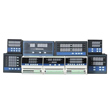 |
SKU: ATO-TEMPC-MD |
| PID Temperature Controller, Multi Channel | |
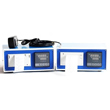 |
SKU:ATO-TEMPC-F2D |
| Freezer Temperature Controller, Dual Digital, Pt100 | |
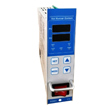 |
SKU:ATO-TEMPC-HR |
| Hot Runner Temperature Controller | |
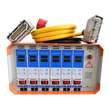 |
SKU:ATO-TEMPC-HRMC |
| Hot Runner Temperature Controller, Multi Channel |

